How To Calculate New Preload And Springs By Using Existing Springs
Updated: 8/18/16
If you have determined your coilover springs are the wrong rates, this article will walk you through how to take the proper measurements in order for us to calculate the correct rates.
Spring rates and preload are not a one size fits all proposition, we adjust your rates for your ride and your terrain.
Initial Coilover & Spring Setup:
It is important to start with the correct setup or the measurements won’t be meaningful.
- Shocks charged to proper pressure
- Dual rate nuts not in use at ride height
- Bump stops not contacting at ride height
- Vehicle is at proper ride height
Contact us for calculating new spring rates if you aren’t able to achieve proper ride height with your current springs.
Three coilover spring scenarios:
Scenario 1: Springs are tight at full droop (Positive Preload)
Scenario 2: Springs are loose at full droop, without tender coils or triple rate springs (Negative Preload)
Scenario 3: Springs are loose at full droop, with tender coils that are always tight (Negative Preload With Helper Springs)
1: Positive Coilover Spring Preload:
With vehicle at ride height:
- Measure shock shaft showing (pretend like bottom out bumper doesn’t exist)
- Measure coilover threads showing above spring adjuster
- Record upper and lower spring rates
With vehicle at full droop:
- Measure shock shaft showing
- Loosen spring adjuster nut until springs start to rattle
- Measure coilover threads showing above spring adjuster
How much you moved the spring perch is how much positive preload you have.
Call us with the measurements and we will calculate new spring rates.
2: Negative Coilover Spring Preload (Loose Springs, No Tender Coil):
With vehicle at ride height:
- Measure shock shaft showing (pretend like bottom out bumper doesn’t exist)
- Measure coilover threads showing above spring adjuster
- Record upper and lower spring rates
With vehicle at full droop:
- Measure shock shaft showing
- Tighten spring adjuster nut until springs stop rattling
- Measure coilover threads showing above spring adjuster
How much you moved the spring perch is how much NEGATIVE preload you have.
Call us with the measurements and we will calculate new spring rates.
3: Negative Coilover Spring Preload (Loose Springs, WITH Tender Coil):
With vehicle at ride height:
- Measure shock shaft showing (pretend like bottom out bumper doesn’t exist)
- Measure height of tender coil
- Record upper and lower spring rates
With vehicle at full droop:
- Measure shock shaft showing
- Measure height of tender coil
The distance the tender coil expanded is how much NEGATIVE preload you have.
Call us with the measurements and we will calculate new spring rates.
Related Products:


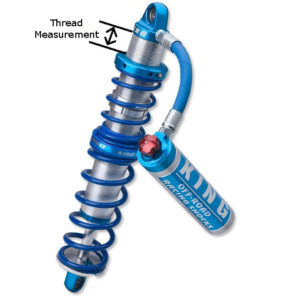

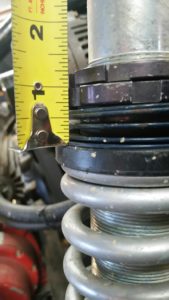

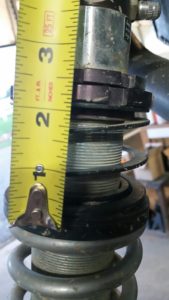
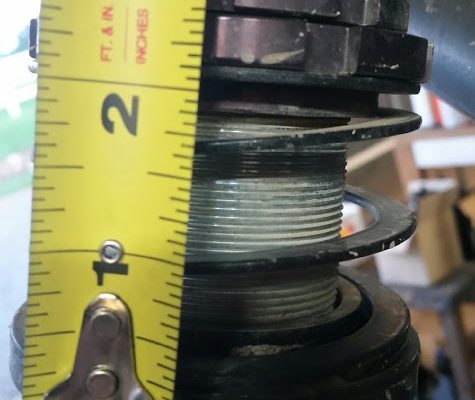
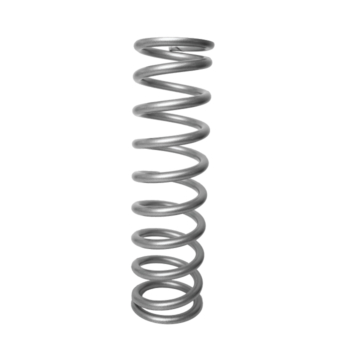
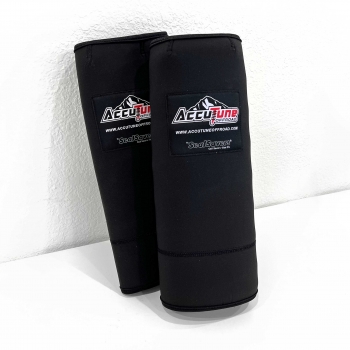




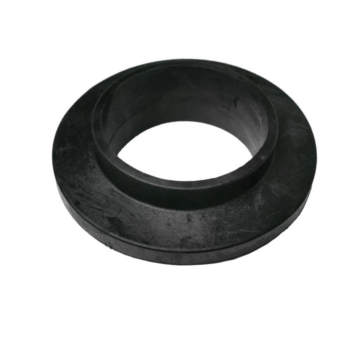




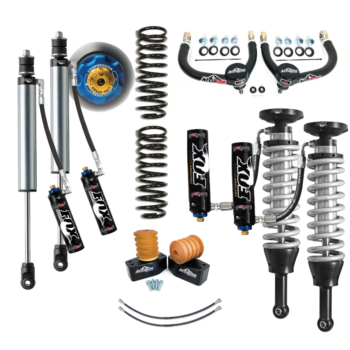
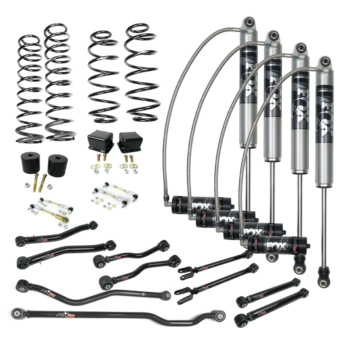
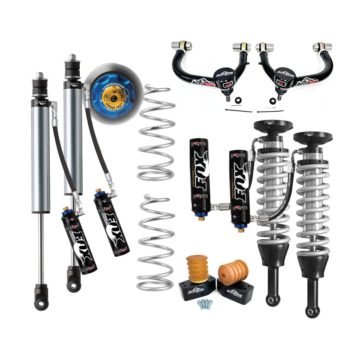


Leave a Reply
Want to join the discussion?Feel free to contribute!